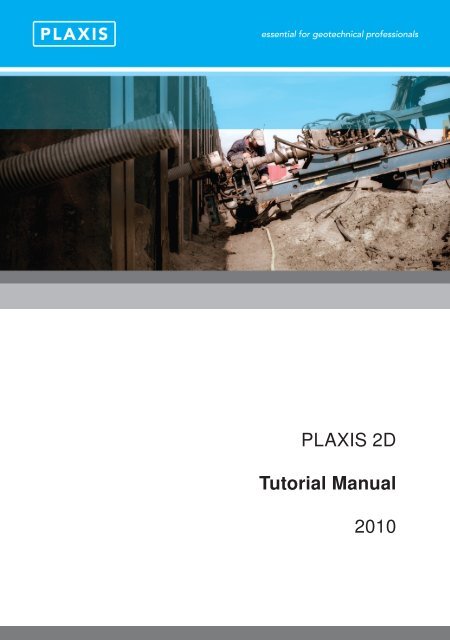

Par exemple, la recherche paramétrique de l’effet d’un module d’Young compris constant de 40 à 120 MPa pour le modèle de Mohr–Coulomb élastique linéaire avait seulement une influence mineure sur la paroi faisant face à des déplacements et à des charges de renforcement.

L’article fournit des leçons précieuses pour les modélisateurs afin de simuler les performances de ce type de structure de soutènement de sol. Deux modèles à rigidité constante et à rigidité sécante dépendante à la déformation ont été utilisés pour les éléments de renfort. Deux modèles de comportement différents ont été étudiés pour le sol de remblayage (modèle élastoplastique linéaire et modèle élastoplastique non linéaire). Le document présente les détails de modélisation numérique en utilisant la méthode des différences finies (MDF) pour simuler les performances d’un mur de retenue de sol par panneaux de béton incrémentaux avec une géogrille renforcée bien instrumentée. The physical measurements reported in this paper provide a benchmark for numerical modellers to verify other numerical models for walls of the type investigated here. The paper also demonstrates that the method of construction including the location, sequence, and stiffness of the temporary supports used to construct the wall plays an important role on measured and predicted wall performance. However, the choice of magnitude of transient compaction pressure near the facing can result in large differences in facing displacements. For example, parametric investigation of the effect of a constant Young’s modulus ranging from 40 to 120 MPa for the linear-elastic Mohr–Coulomb model had only minor influence on the wall facing displacements and reinforcement loads. The paper provides valuable lessons to modellers to simulate the performance of this type of earth retaining structure. Both constant stiffness and strain-dependent secant stiffness models were used for the reinforcement elements. Two different constitutive models were investigated for the backfill soil (linear elastic–plastic model and nonlinear elastic–plastic model). The paper presents the numerical modelling details using the finite difference method (FDM) to simulate the performance of a well-instrumented geogrid-reinforced incremental concrete panel soil retaining wall.


 0 kommentar(er)
0 kommentar(er)
